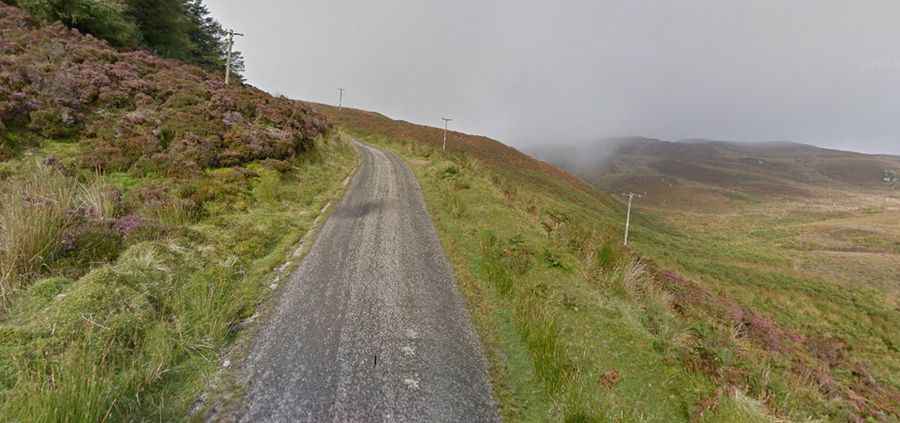Driving the challenging road to Mull of Kintyre Lighthouse on Scotland's Kintyre Peninsula
The Mull of Kintyre Lighthouse is located on Scotland's Kintyre Peninsula. The lighthouse is known for its historical significance and the challenging, winding road leading to it. It provides stunning coastal views.

What is Mull of Kintyre Lighthouse famous for?
Famous for being mentioned in a Paul McCartney song, this lighthouse is the second one ever commissioned in Scotland. Built in 1788 by Thomas Smith after devastating storms in 1782 caused multiple shipwrecks, it was redesigned by Robert Stevenson in 1824. Modernized with electrification in 1976 and automation in 1996, it was also the site of a tragic RAF Chinook helicopter crash in 1994, which killed 29 people. A memorial now stands nearby.
Is it worth visiting the Mull of Kintyre?
Located 9 miles (14 km) southwest of Campbeltown in Argyll and Bute, the building is at 240 feet above sea level, near the rocks known as "The Merchants of Three Pedlars". The hills, shores and sea around the Mull of Kintyre offer the chance to see abundant wildlife. As you get closer to the lighthouse, you will get stunning views of the West Coast of the country.
How do you get to Mull of Kintyre?
Starting at Campbeltown, the road to the lighthouse is 11.26km (7.0 miles) long, but the last 1.93km (1.2 miles) are closed to private vehicles (with the exception of a few events), ending on a parking lot (room for about 10-15 cars). It’s a private road.
Is the road to Mull of Kintyre Lighthouse challenging?
The road to the lighthouse is not easy. It’s a challenging single track not for the faint- hearted. The road is totally paved but very steep, hitting a brutal 20.4% of maximum gradient through some of the ramps. The gradients are obscene and regular. It is a long narrow twisty road but the views on the way up and around of the moors and valleys are amazing. If you don't like heights stay away. Not advisable for very large vehicles, and caravans are an absolute no.